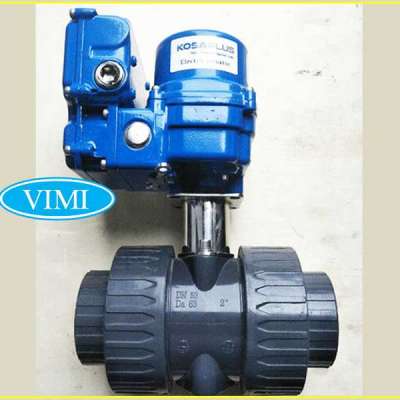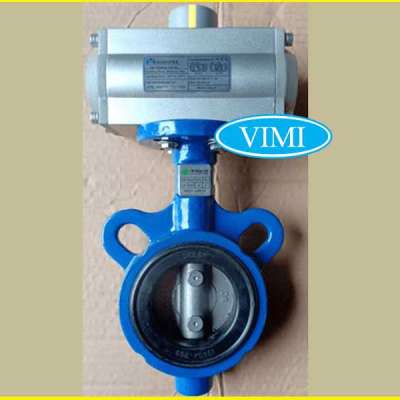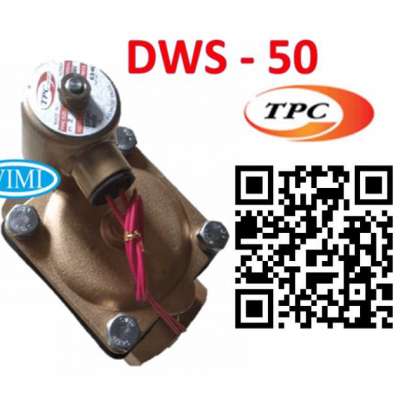The global crop protection chemicals market size is projected to reach USD 73.94 billion by 2027, exhibiting a CAGR of 4.50% during the forecast period. Increasing pesticide resistance among new crop pests is expected to be one of the main factors driving adoption of crop protection chemicals, according to Fortune Business Insights™ in its recent report, titled “Crop Protection Chemicals Market Size, Share & Industry Analysis, By Type (Herbicides, Insecticides, Fungicides, and Others), Source (Synthetic Chemicals and Biologicals), Mode of Application (Foliar Spray, Soil Treatment, Seed Treatment, and Others), Crop Type, and Regional Forecast, 2020-2027”. Pesticide resistance develops when the same class of crop pesticides is repeatedly used for prolonged periods to control pests. Evolutionary biological mutations help these crop-destroying organisms to become resistant to certain types of pesticides, which can prove detrimental for crop production. For example, in the US, the herbicide glyphosate has been traditionally used to kill weeds in corn, soybean, and cotton crops. However, genetic mutations in weeds have made them resistant to this chemical, rendering it ineffective and forcing farmers to find alternatives. The demand for advanced crop protection chemicals is likely to surge in this scenario as growing global food demand is exerting enormous pressure on conventional agricultural inputs.
As per the report, the market value stood at USD 55.73 billion in 2019. The other highlights of the report include:
Detailed evaluation of the factors driving and restricting the market growth;
Comprehensive research into each and every market segment;
Thorough profiling and study of key market players and their strategies; and
Careful examination of the regional dynamics and their influence on the market.
Market Restraint
Access Blockages Created by COVID-19 to Impede Market Growth
The crop protection chemicals market growth is expected to be hindered during the current year as the coronavirus pandemic tightens its grip on the global economy. For farmers, the biggest roadblock is the lack of access to farming inputs as nationwide lockdowns and supply chain disruptions have created unprecedented logistical challenges for all stakeholders. For example, in Uganda, border closures have blocked access to seeds and seeds advisory services to farmers in the country. Large-scale and protracted disturbances in the agribusiness domain are echoed in the Food and Agriculture Organization’s Global Food Crises Report 2020 that states that roughly 73 million people in Africa are facing acute food insecurity due to agricultural upheavals caused by the COVID-19 pandemic. These adverse developments are likely to stymie the growth of this market throughout 2020.
Browse Summary
https://www.fortunebusinessins....ights.com/industry-r
List of Key Players Covered in the Crop Protection Chemicals Market Report:
Rotam CropSciences Ltd (Hong Kong)
UPL Ltd. (Mumbai, India)
ChemChina (Beijing, China)
Corteva, Inc. (Delaware, U.S.)
Syngenta AG (Basel, Switzerland)
Nufarm (Melbourne, Australia)
Sumitomo Chemicals (Tokyo, Japan)
FMC Corporation (USA)
BASF (Ludwigshafen, Germany)
Bayer CropScience (Leverkusen, Germany)
Please visit:
Regional Insights
Asia Pacific to Offer Lucrative Growth Opportunities for Market Players
With a market size of USD 16.11 billion in 2019, Asia Pacific is poised to dominate the crop protection chemicals market share during the forecast period. The primary growth-driver for the regional market is the high dependency of the developing countries of the region such as India on agriculture as the sector forms the backbone of these economies. Compounding this is the prolific population growth in these countries and widespread poverty which are reinforcing the need for enhanced agricultural productivity to ensure food security to populations. As a result, the adoption of crop protection chemicals and products is expected to escalate in Asia Pacific in the forthcoming years. In Europe and North America, farmers are swiftly switching to sustainable agricultural practices and increasingly prefer eco-friendly and naturally-derived pesticides and insecticides.
Competitive Landscape
Strategic Collaborations and Acquisitions by Key Players to Animate Competition
Key players in this market are singularly focused on diversifying their offerings of crop protection chemicals to entrench their foothold in the field of agribusiness. To accomplish this end, many companies are entering into collaborations with other players and acquiring smaller companies to expand their business horizons.
Industry Developments:
May 2020: FMC Corporation inked a deal with Isagro S.p.A. under which FMC will purchase Isagro’s intellectual assets of its Fluindapyr active ingredients for an estimated value of USD 60 million. The acquisition will also transfer to FMC all technological know-how associated with Isagro’s flagship fungicide molecule.
March 2020: Corteva Agriscience entered into a multi-year partnership with AgPlenus to engineer innovative herbicides. The collaboration will be based on synergy of expertise of both companies as well as strengthen Corteva’s crop protection products portfolio.
Like
Comment
Share

![Crop Protection Chemicals Market Size, Share | Growth [2028]](https://vhearts.net/upload/photos/2022/04/1cyGO7sHEsMn4r2hX979_url_image.jpg)














